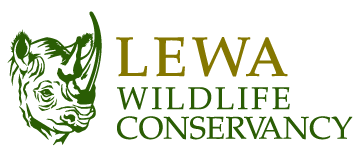In May 2022, Lewa resumed its emergency rhino-feeding programme targeting endangered species. In specific its rhino population.
A decision that was made necessary by the ongoing drought in the Northern Kenya region where Lewa is located. The project got underway with the introduction of Euphorbia Ingens, also referred to as the candelabra a succulent tree that is highly adaptable to extremely hot environments. The animals’ diet would next be supplemented with lucerne, a protein-rich plant.
Lewa’s Head of Conservation and Research, Dr. Dominic Maringa, commented on the choice to intervene, saying, “We use a body condition score of 1-5, with the ideal number being 3.5 to 5. When the score falls below 3.5, we ramp up the monitoring. If it drops to lower than 3, then we have to consider intervening. If the drop in the body condition is as a result of forage reduction, intervention means introducing supplementary feeding.”
Following the success of the programme over the last few months, a joint decision was made by Lewa Conservancy and the National Rangelands trust to introduce it to Sera Community Conservancy, which had been devastated by drought.

Our head of security John Pamera met with Reuben Lendira the Sera Community Conservancy manager and a section of rangers where a plan was laid out into how to integrate the Rhino and Giraffe feeding programme.
The goal was to accomplish this while maintaining the fragile species’ natural patterns.
At the start of the programme, 11 rhinos were selected as prime feeding candidates; targeted because they are lactating or otherwise vulnerable (e.g. the elderly and calves). As of December 13, 2022, 8 rhinos had been successfully integrated into the programme.
Because of the Conservancy’s circumstances, all of the giraffes were excellent candidates for feeding, so there were no selection requirements.







